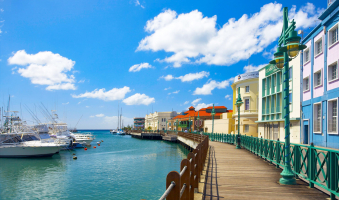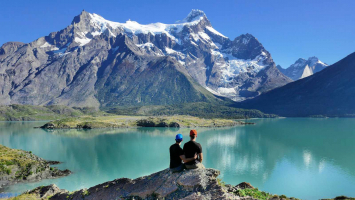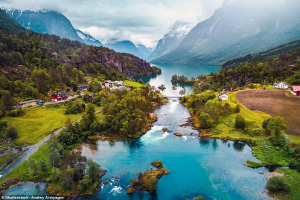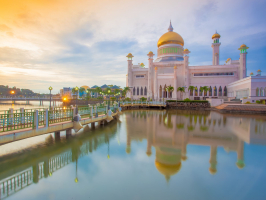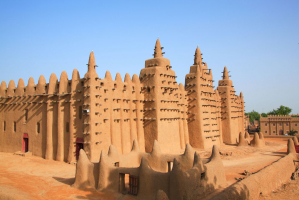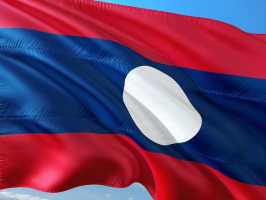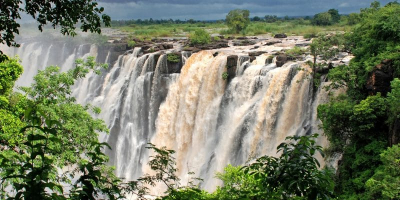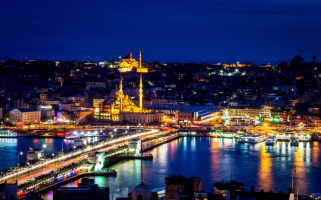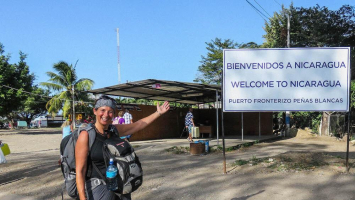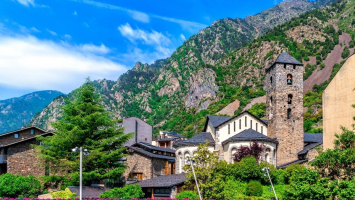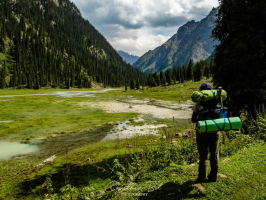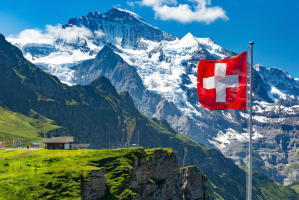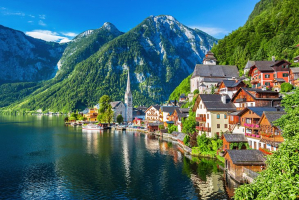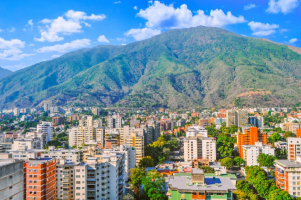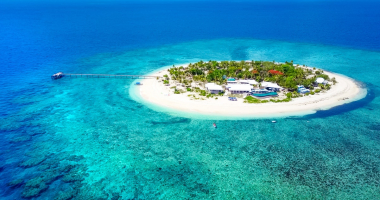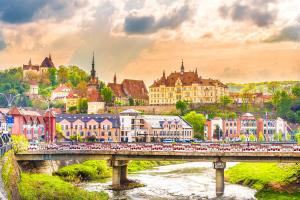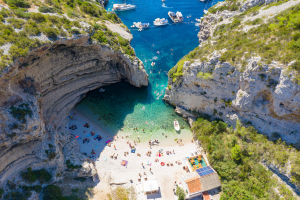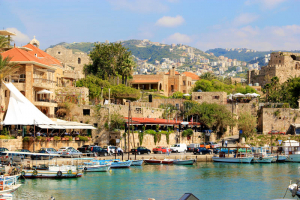Top 10 Things About Nepal You Should Know
Nepal, located in the Himalayan foothills to the south, is a country rich in ethnic diversity, festivals, stunning beauty, and culture. For most international ... read more...visitors, Nepali traditions are a mystery. Here are a few things that will undoubtedly surprise you.
-
Every dog has its day, but dogs in Nepal will have it even better on "Kukur Puja," or "Dog Day", the second day of Nepal's five-day Hindu festival of Tihar. This is one of the things about Nepal you should know. Dogs are described as faithful companions, helpers, and guards of mankind in ancient sacred texts. Furthermore, the people think that the dog is Yamaraj's messenger and will accompany the deceased's soul. It is thought that dedicating the day to dogs will please the god.
On this particular day, both pet dogs and stray dogs are given lovely wreaths and marigold petals to honor them for their companionship and loyalty. As a sign of holiness and a blessing to those who encounter the dogs, their foreheads are also tattooed with a "tika" created from red-colored powder, rice, and yogurt.
In acknowledgment of their commitment to human security, a liturgical ritual is also organized, which is usually attended by police dogs. The feasting on numerous treats ranging from fruit and cookies to eggs, milk, meat, and even hand-made desserts may be the dogs' favorite part of the celebration. If you enjoy dogs, you must visit Nepal to witness and participate in this unique tradition.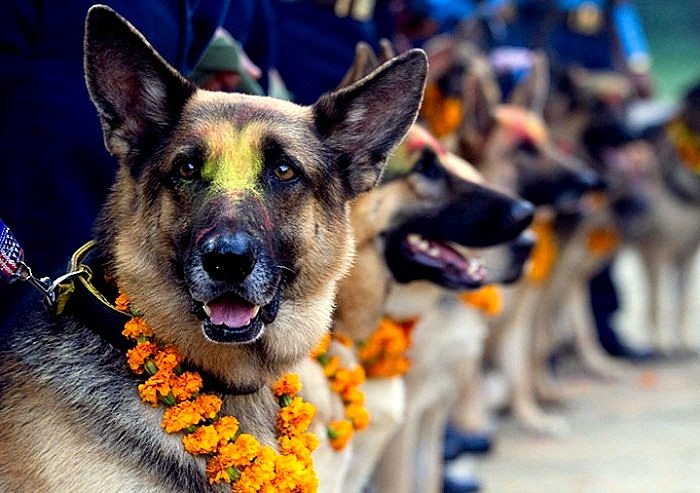
https://www.adventurewomen.com/ 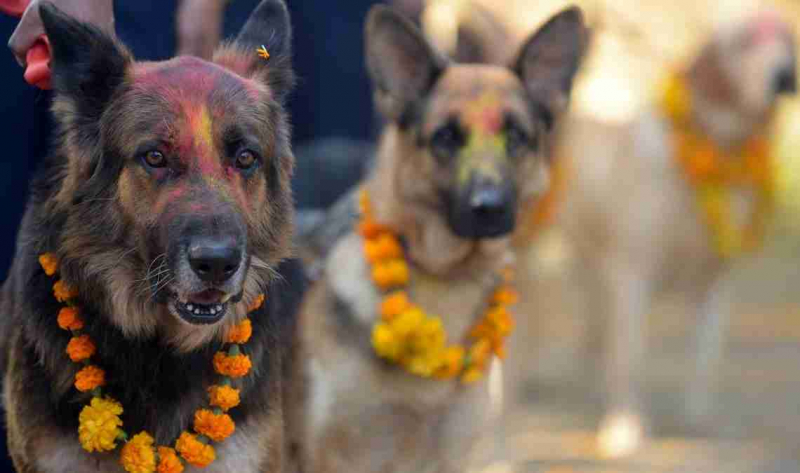
https://blog.almonature.com/ -
Nepal is well-known as the ultimate outdoor-sports destination, with a diverse selection of activities such as rock climbing, canyoning, and ziplining. Skydiving from Mount Everest and landing in the world's highest zone may be the most difficult sport. This is one of the things about Nepal you should know.
Mount Everest, the main peak of the Himalayas, rises 8848 meters above sea level and is the world's tallest mountain and parachute site. Extreme sports fans from all over the world take flight from a nearby airport and land to take in a panoramic view of Mount Everest and experience a rush of adrenaline. This will undoubtedly be the most exhilarating flight of your life.
For those who want to attempt skydiving but don't want to take too many chances, Pokhara, one of the top three paragliding locations in the world, offers a cheaper alternative. You can see the spectacular Himalayas, gorgeous lakes, villages, temples, and woods when paragliding across Pokahara Valley.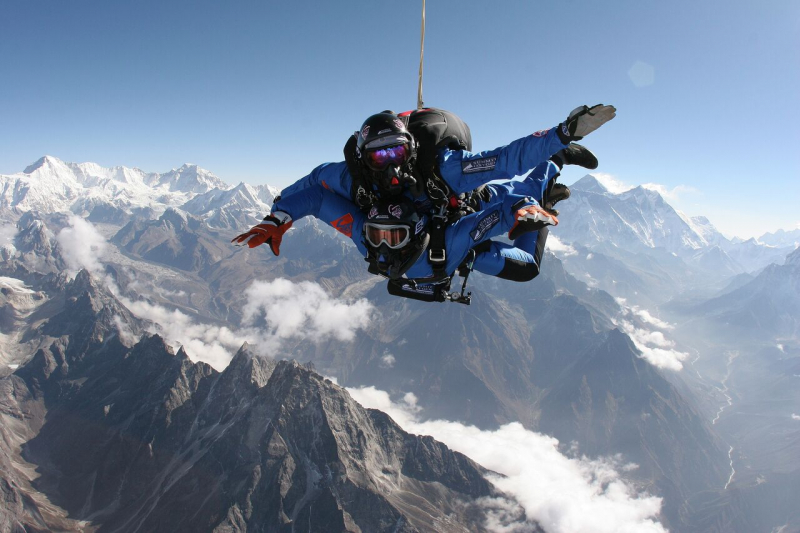
https://skydivehigh.com/ 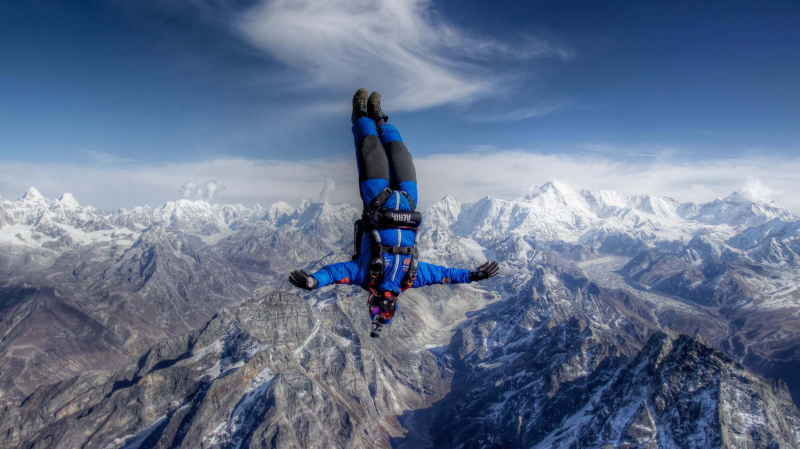
https://www.everestskydive.com/ -
Mustang has it all, from thousand-year-old man-made caverns and monasteries to exciting adrenaline rush sports, yet many people are unaware of a pretty unusual celebration held in the northern part of Mustang: the "Yak blood drinking festival."
Although most large cities' Nepali food is unremarkable, locals in Nepal's remote northwestern province Mustang celebrate a traditional celebration of drinking yak blood. It is held twice a year, in April-May and July-August, and is organized by the Joint Yak Keepers Group with the goal of selling fresh yak blood and meat. The yak's neck is pierced to allow the blood to flow freely, and 5-10 cups of fresh blood are gathered to drink without the animals being killed.
Yaks graze on herbs like yarsagumba and jatamasi that are said to be excellent for digestion but aren't immediately digestible by humans at high altitudes in the Himalayas. People believe that drinking yak blood relieves gastritis, acidity, and other bowel ailments because yaks eat valuable herbs like yarshagumbu, jatamasi, and panchaaunle that thrive in the highland pasture. A glass of Yak blood costs roughly NPR 60, and they drink it immediately before it solidifies. They also believe that applying Yak feces or excreta to their wounds will heal them. Tourists that visit this alpine region occasionally like drinking the blood of the animals.
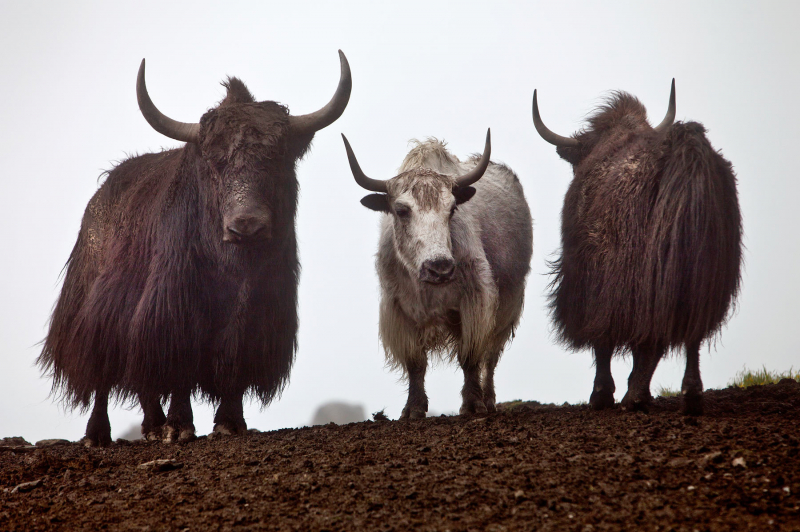
https://www.npr.org/ 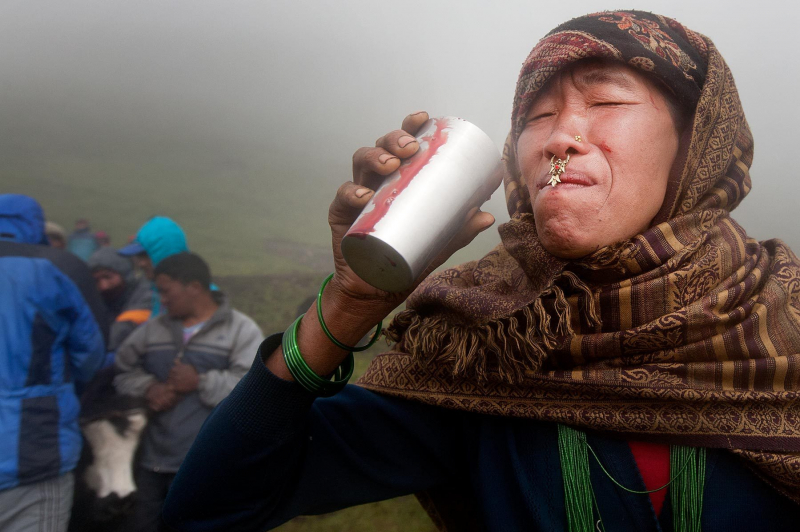
https://www.npr.org/ -
Throughout Nepal, there is a mythical nationality known as the Newar, who are required to marry three times in their lifetime. Even more unbelievable, the first marriage is to the Bel (fruit of the wood apple tree), which is known as Ehee (in Newari) and Bel Bibaha (in Nepali), and the second marriage is to the sun, which is known as Tayegu (in Newari) or Gufa Rakhne (in Nepali) (in Nepali).
Bel Bibaha: When a Newar girl reaches the age of seven or eight, her parents will locate her a "Bel Husband." Although this is a symbolic marriage, the splendour is comparable to that of a traditional wedding. The main reason for the wedding is for the parents to wish their daughters well in their future marriages. The Bel fruit must be ripe and undamaged, otherwise the bride will be married to an unattractive and unfaithful spouse after her real wedding. However, not all Newars will do this rite for their daughters in the future.
Gufa Rakhne: Any girl who has held a "Bel Bibaha" shall celebrate her second marriage to Sun in the first half of the month following her first menstruation. The groom this time is the sun! For 11 days, the girls must live in a dark room while the food is passed down by the family's older ladies. The girl must get up before the sun rises on the 12th day, take a bath, then apply grease on her body before being blinded and carried to the platform on the roof. The girl's blindfold is untied as the sun rises, and she begins to worship the sun. This is a purification ceremony. She became an adult woman after purification in the dark room and was ready for the official wedding.
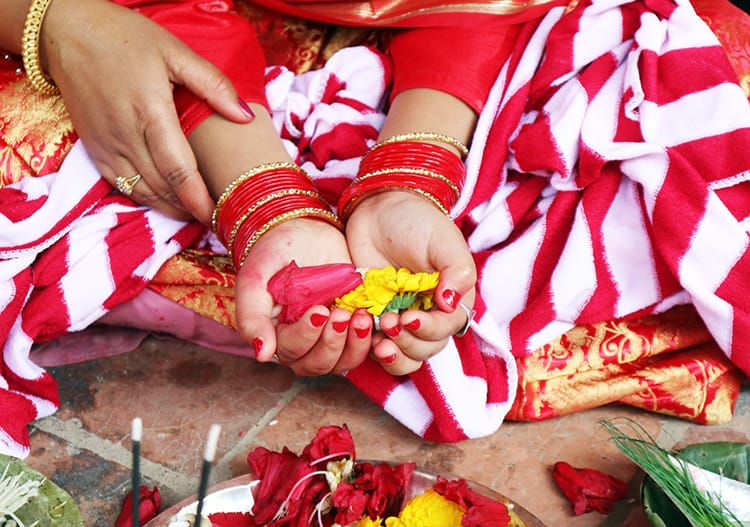
https://fulltimeexplorer.com/ 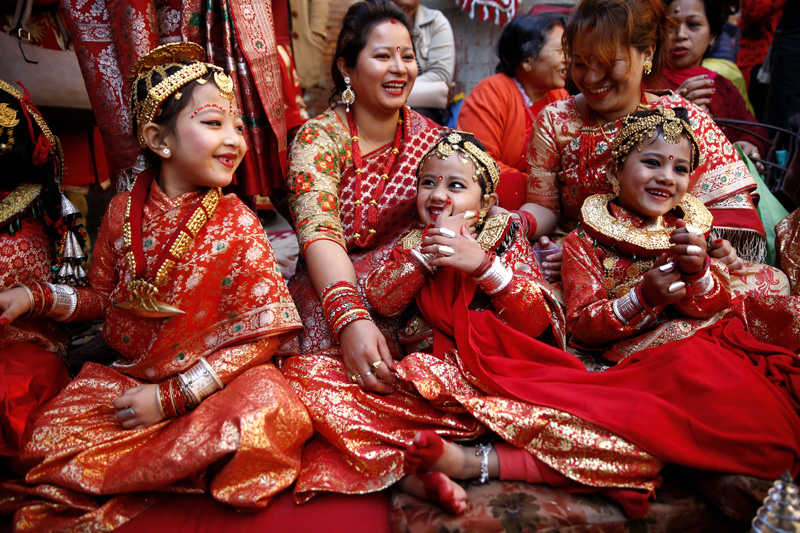
https://thehimalayantimes.com/ -
Pashupatinath is a well-known temple in Kathmandu, Nepal. Countless Hindus have visited this site in the last 1600 years to worship Shiva, the supreme god. Nepal is a Hindu-majority country, with Hindus making up 86 percent of the population. Hindus in Nepal are cremated after death, according to Hindu tradition. Several stone-built cremation pedestals on the banks of the Bagmati River, outside the Pashupatinath Temple, are the most well-known cremation sites in Kathmandu.
For Hindus, however, death is synonymous with "restarting the door of life," therefore this process is never sloppy. This is one of the things about Nepal you should know. The head must face the Himalayas and the feet must face the river before the body of decreased is torched. The body should be cleansed with river water, draped in a white or yellow cloth, and strewn with flowers, rice, and other auspicious items. The wood is then placed on the cremation pedestals, and the deceased are placed in it to be cremated. Finally, relatives sprinkle the deceased's ashes into the holy river, believing that their soul will go on forever. Tourists are welcome to observe and photograph this cremation procedure
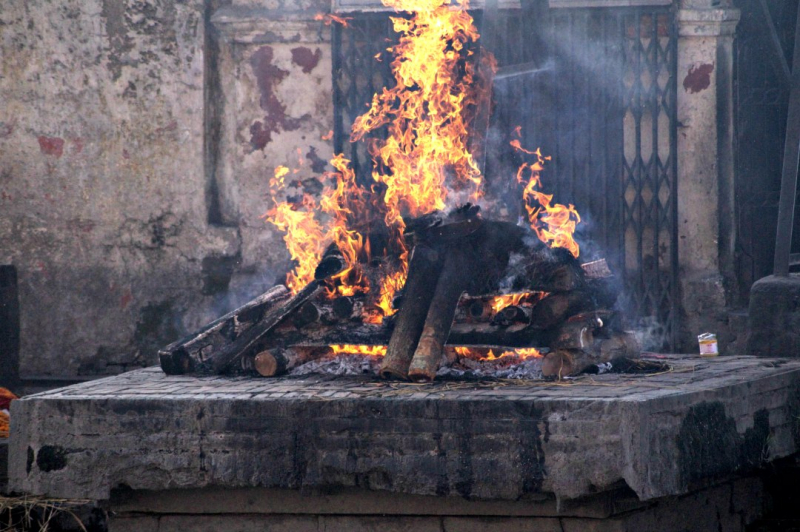
https://thesologlobetrotter.com/ 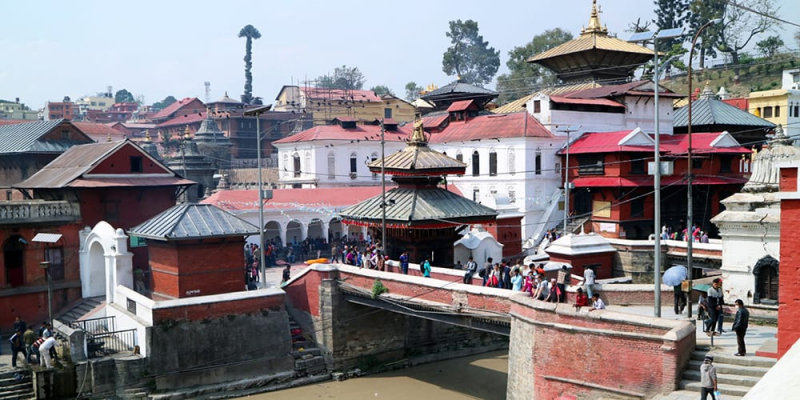
https://fulltimeexplorer.com/ -
Can you imagine what it's like to live among the gods? The living goddess Kumari, who is seen as the incarnation of the regal goddess Taleju, can be seen in Nepal. This tradition dates back to the 17th century. Several significant cities, in addition to Kathmandu, have local Kumaris. This is one of the things about Nepal you should know.
The Royal Priest oversees the selection of the new Kumari, which includes extensive testing. She will be revered until she reaches menarche if she is chosen. Perhaps this tradition is wrong; for example, Kumaris find it difficult to adjust to everyday life after retirement. But that is changing in this country.
The Nepali government is now taking steps to ameliorate their lives by providing a living stipend, allowing weekly meetings with their parents, bearing the dowry of their marriages, and engaging teachers to teach classes during their tenures, among other things. Some of them even continue their study at university and earn certificates.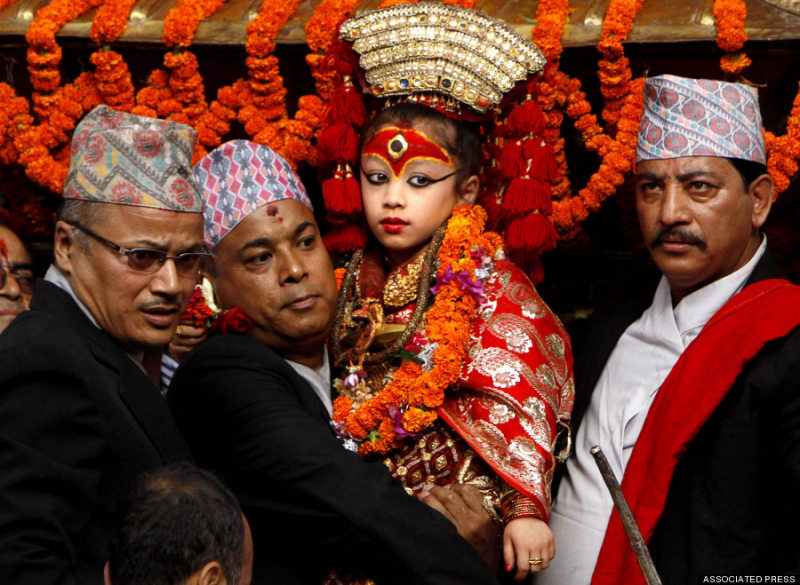
https://trekroute.com/ 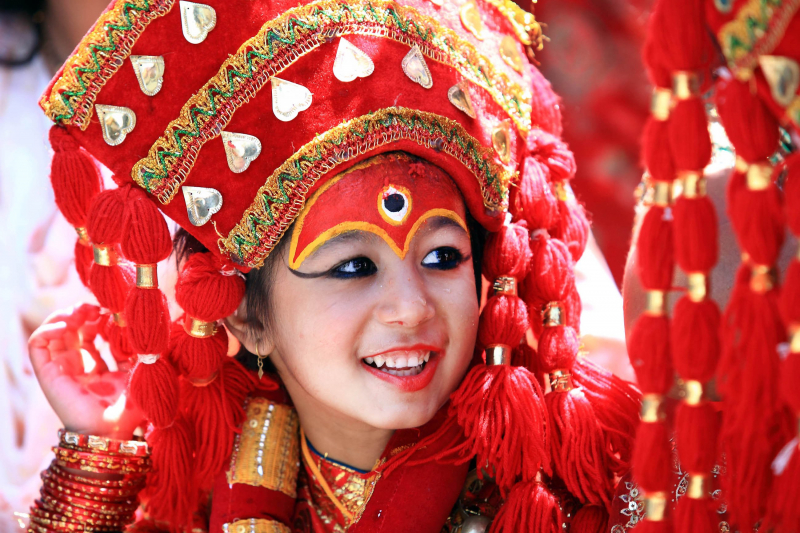
https://aasraecotreks.com.np/ -
There are nineteen UNESCO World Heritage Sites in Nepal, some of which are more than 1,500 years old. The World Heritage Sites of Nepal, nestled within the Himalayan biodiversity, represent the country's sacred Newar, Malla, and Indo-Tibetan history and craftsmanship, paying homage to ancient civilisations, reigning dynasties, and flora, topography, and fauna of great global worth. The Kathmandu Valley alone has seven UNESCO World Heritage Sites, including some of the world's oldest capitals. UNESCO classified heritage sites into several groups. Religious heritage, cultural heritage, and natural heritage are the three types of heritage.
Religious Heritage Sites include Lumbini, Pashupati Temple, Boudhanath Stupa, Changunarayan Temple, and Swayambhunatha Stupa.
Cultural Heritage Sites include Patan Durbar Square, Kathmandu Durbar Square, and Bhaktapur Durbar Square. Natural Heritage Sites include Chitwan National Park and Sagarmatha National Park.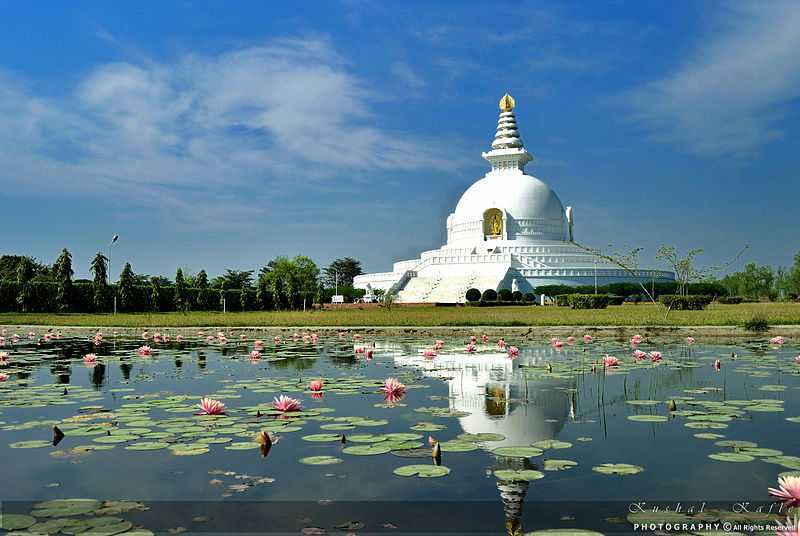
https://www.holidify.com/ 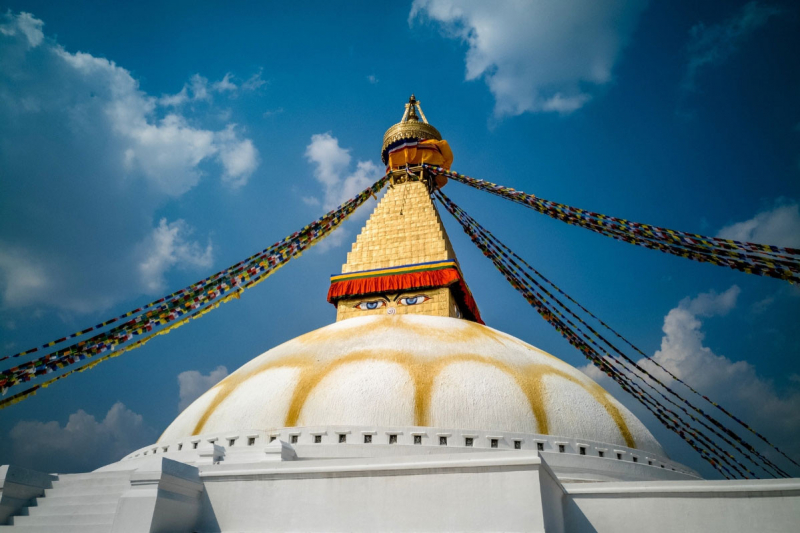
https://www.buddhaair.com/ -
Nepal has its own calendar, referred to as the Bikram Sambat calendar. This is one of the things about Nepal you should know. The Gregorian calendar is 56.7 years behind the Bikram Sambat calendar. Nepali calendar 2079 Bikram Sambat is the current Nepali year. The Nepali Calendar is approximately 56 years and 8 months ahead of the Gregorian Calendar, also known as AD. Nepali Patro is the name given to the Nepali calendar. The new year in Nepal begins around the middle of April (approximately 14th of the april). The days of the months are known in the Gregorian calendar, but not in the Nepali calendar, which changes every year.
In the Gregorian calendar, a month can have up to 32 days, however in the Bikram Sambat Nepali Calendar, it can have up to 31 days. In Nepal and India, the Bikram Sambat Nepali calendar is widely used. Bikram Sambat Nepali Calendar is also used in Indonesia, Bangladesh, Sri Lanka, Thailand, Malaysia, and Bhutan. This calendar was created to provide accurate English to Nepali dates, as well as festivals, public holidays, marriage dates, Bratabandha dates, and date converter tools. People mostly utilize an online Nepali calendar for festivals such as Dashain (Bijaya Dashami), Tihar (Depawali), and others. Nepali calendar 2080 Bikram Sambat is the next Nepali year.
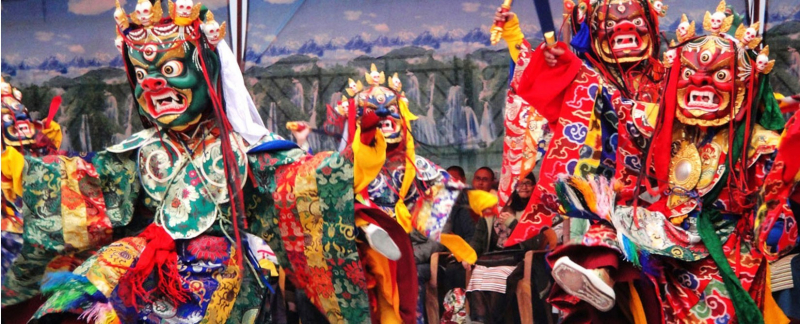
https://www.himalayanst.com/ 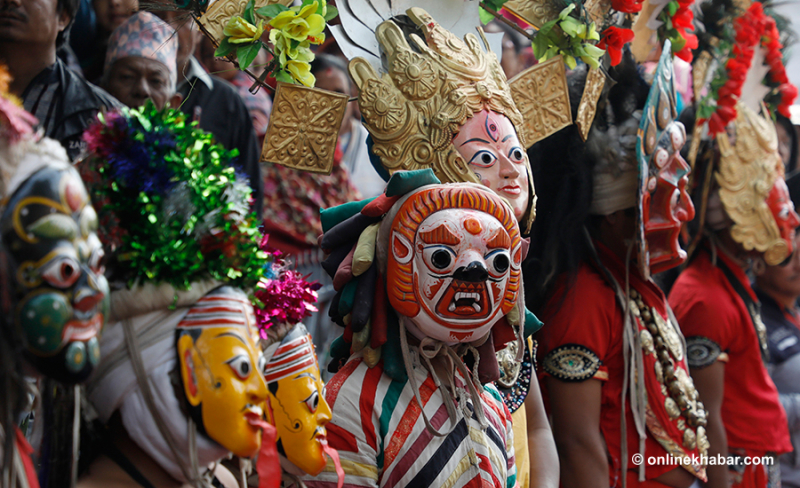
https://english.onlinekhabar.com/ -
To begin, you'll need to learn how to welcome the natives. In Nepal, the traditional greeting is to place your palms together in a prayer position and say "namaste" or "namaskar." Use the phrases "dai" for men and "didi" for women to address anyone older than you with respect. Also, do not step over someone's outstretched legs or touch them with your feet, as this is considered disrespectful.
Once you've accomplished this, make sure to follow local customs to avoid offending anyone. Wearing exposing attire (including shorts) is never appropriate, especially for women. Stick to a one-piece while swimming and leave the bikini at home. In Nepal, public shows of affection are similarly frowned upon.
If you're fortunate enough to be invited inside a Nepali home, remember to take off your shoes first. Prior to dining at dinner, you must always wash your hands and mouth. Always wait for the host to serve you and avoid "polluting" your food by touching it with a used plate or fork. Whatever you do, don't serve meals with your own spoon or fork.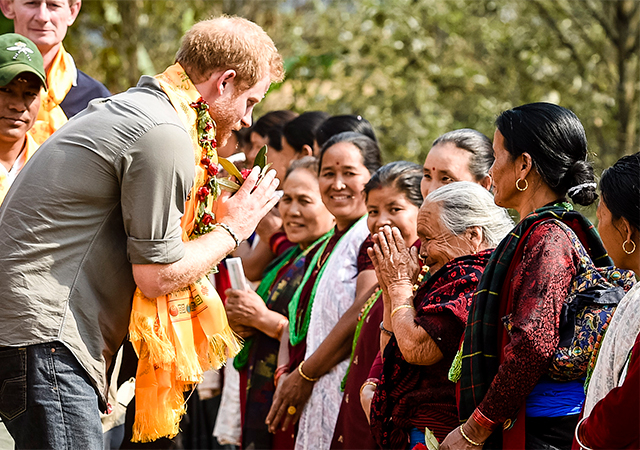
https://www.istockphoto.com/ 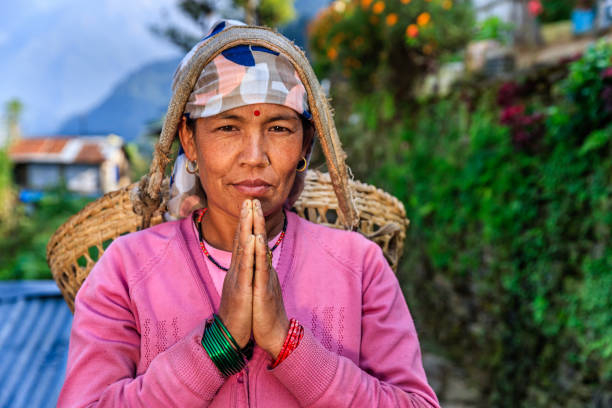
https://travelbiznews.com/ -
You can't discuss intriguing facts about Nepal without mentioning this character, also known as the 'Yeti' or 'Jigou' by Himalayan Tibetans, a beast that has been described as a bipedal creature that leans slightly forward. The Yeti, also known as the Abominable Snowman, is a strange bipedal creature who is claimed to live in Asia's highlands. It is known to leave tracks in the snow and to live below the Himalayan snow line. Despite numerous of trips into Russia's, China's, and Nepal's isolated alpine regions, the Yeti's existence remains a mystery.
The Yeti is described as muscular, with dark grey or reddish-brown hair and a weight range of 200 to 400 pounds. (between 91 and 181 kg) It stands about 6 feet (1.8 meters) tall, which is short in comparison to Bigfoot in North America. Yetis have been reported in a variety of shapes, though this is the most prevalent. Although residents in some monasteries claim to have remnants belonging to this beast, many experts believe these samples are unreliable, leaving only myths to characterize it as a large bipedal ape said to live in the Himalayan woodland areas.
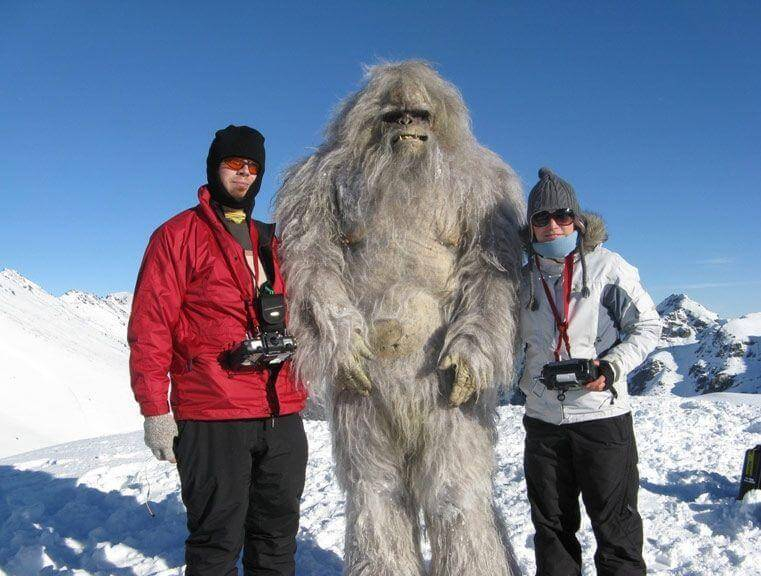
https://www.travelogyindia.com/ 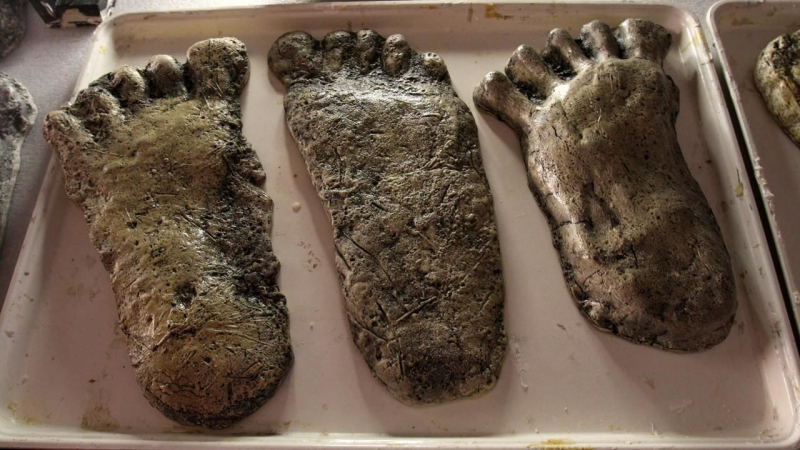
https://www.natgeotv.com/












